

Ben Zachariah
Video: Off-road battle for Beer O’Clock Hill has automakers scrambling
11 Hours Ago

News Editor
The Honda Jazz is in its swansong model year, so Honda is introducing a Final Edition.
It’s priced from $19,990 before on-road costs.
Based on the entry-level VTi, it adds black mirror caps and 16-inch black alloy wheels. The regular VTi uses 15-inch steel wheels.
Otherwise, its features list mirrors the VTi. That includes a 7.0-inch touchscreen infotainment system with Android Auto and Apple CarPlay, as well as cruise control, a reversing camera, and a four-speaker sound system.
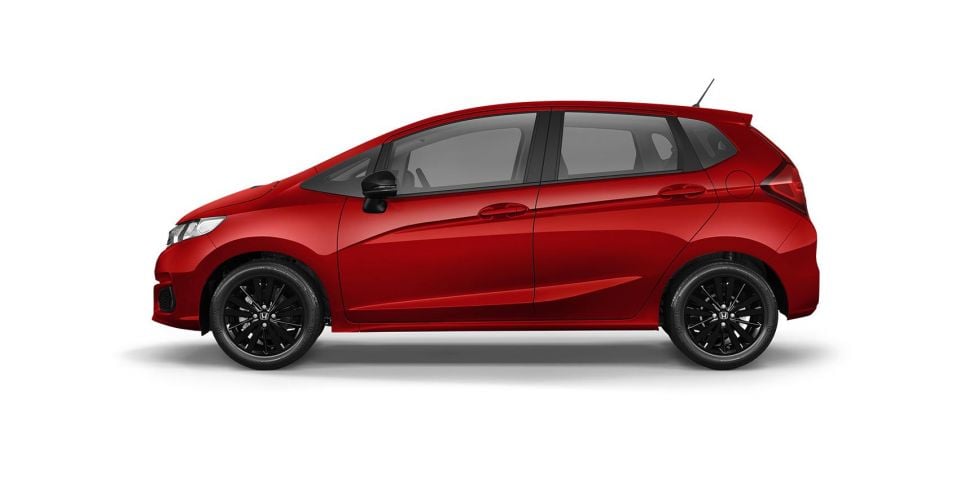
That also means the same naturally-aspirated 1.5-litre four-cylinder engine producing 88kW of power and 145Nm of torque, mated to a continuously-variable transmission. Combined fuel economy is 5.9L/100km.
For a full breakdown of the Jazz range, check out our 2021 Honda Jazz pricing and specs article.
The Final Edition comes standard with Rally Red paint, with Phoenix Orange, Modern Steel and Platinum White costing an extra $560.

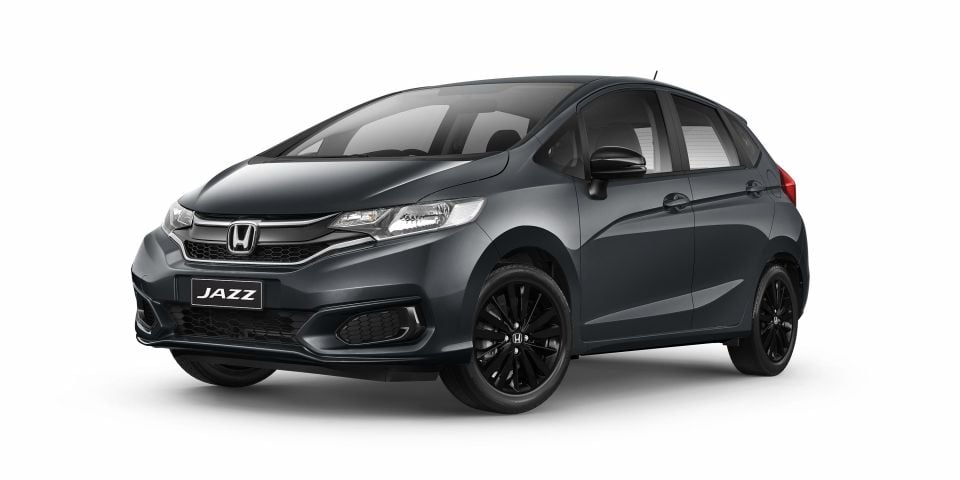
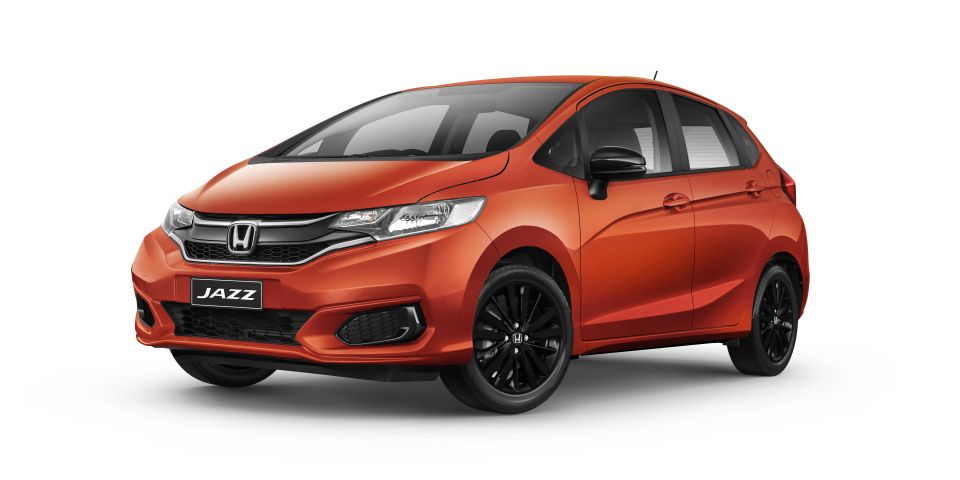
Year-to-date, Honda has sold 2028 examples of the Jazz, less than key rivals like the Kia Rio, Mazda 2, MG 3, Suzuki Baleno and Swift, Toyota Yaris and Volkswagen Polo. Earlier this year, the company discontinued the price-leader VTi manual, leaving an auto-only range.
The axing of the Jazz will leave the Civic and HR-V as Honda’s cheapest products. The former currently opens at $23,590 before on-road costs while the latter starts at $25,990 before on-roads.
Honda is also discontinuing the Jazz in the US market, where it’s known as the Fit, leaving the new, fourth-generation model for largely Japanese and European consumption. It won’t be produced in Thailand, where Honda Australia sources much of its range.
The current model was introduced in 2014. In its first full year on sale, Honda sold 9845 examples, while last year it sold 5263 – a 46 per cent decline.
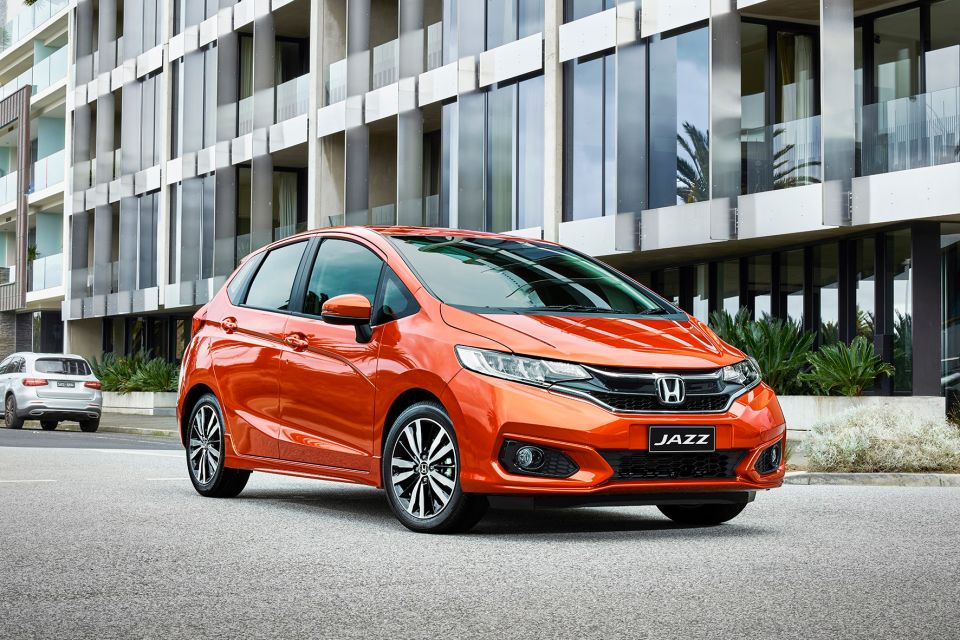
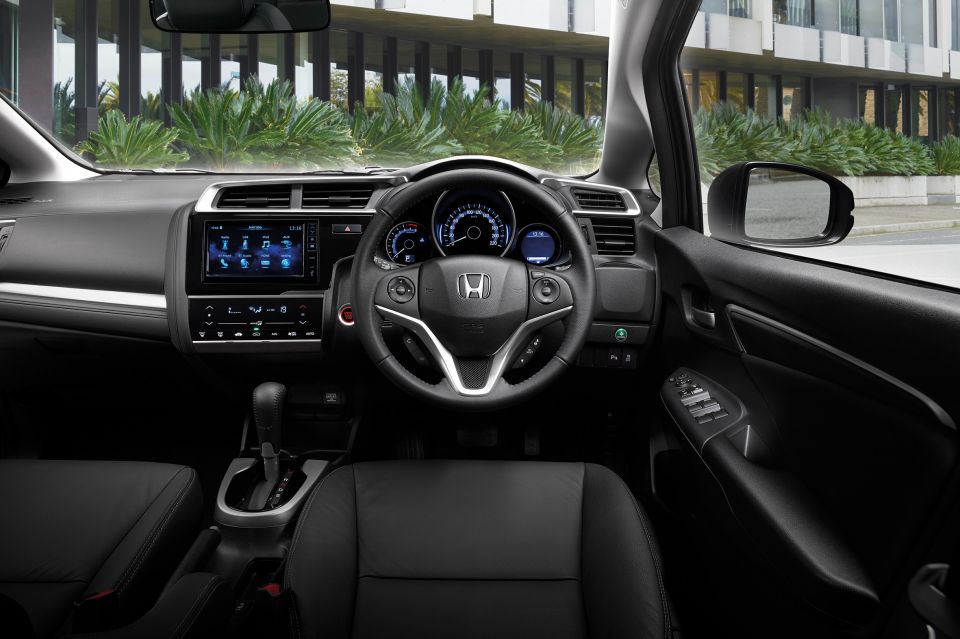
The Jazz wasn’t unique in the light car segment in posting significantly smaller sales numbers than just a few years ago. Over the same time, Polo sales slumped by 40 per cent and Swift sales by 38 per cent, to name a couple.
Indeed, the entire light car segment is in much worse shape since 2015. Last year, it saw sales of 60,810, or 42 per cent lower than its 2015 tally.
Honda is joining Hyundai and Ford in leaving the mainstream light car segment, despite the availability of a new light car in other markets.
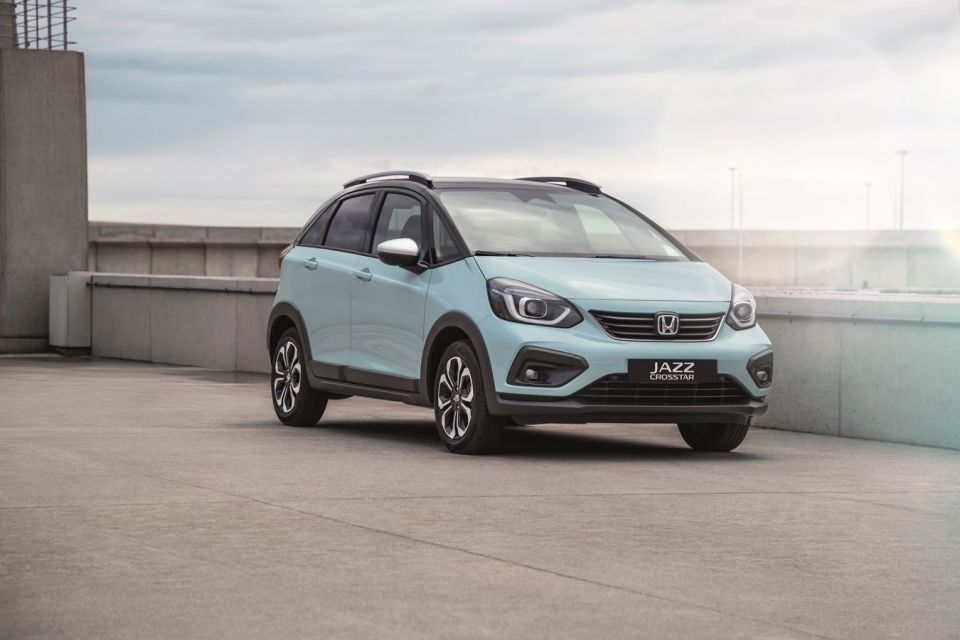
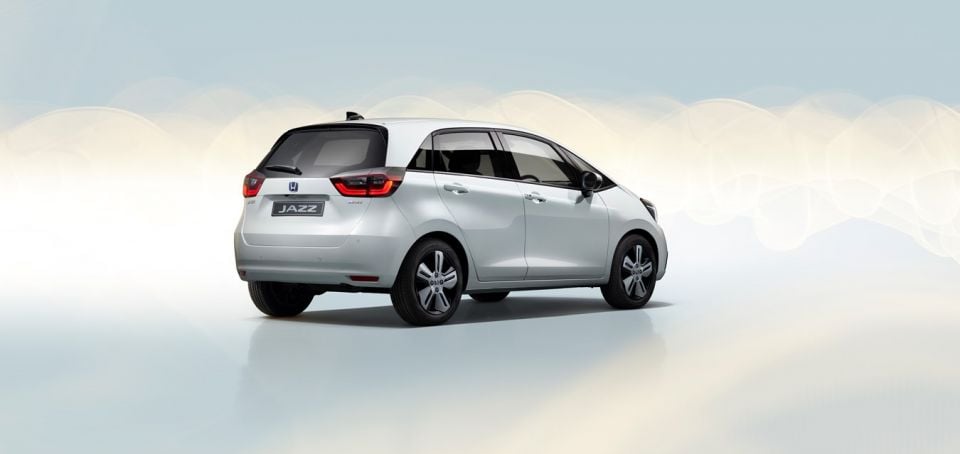
Where Hyundai and Ford differ is in their commitment to offering a hot hatch in this segment, even as they’ve discontinued their mainstream light models. The new Fiesta is available exclusively in ST trim, while Hyundai will return to the segment with the i20 N next year. Honda, however, has no such pocket rocket available.
Other brands to pack up shop in the local light car segment include Renault, which announced it won’t be bringing the next-generation Clio here.
Fiat axed its Punto in 2015, the ageing hatchback also being discontinued in global markets.
Nissan’s slow-selling Almera was euthanised in 2013 as part of a mass culling of Nissan passenger cars, while Holden withdrew its Barina in 2018, around 18 months before it was itself withdrawn from Australia.
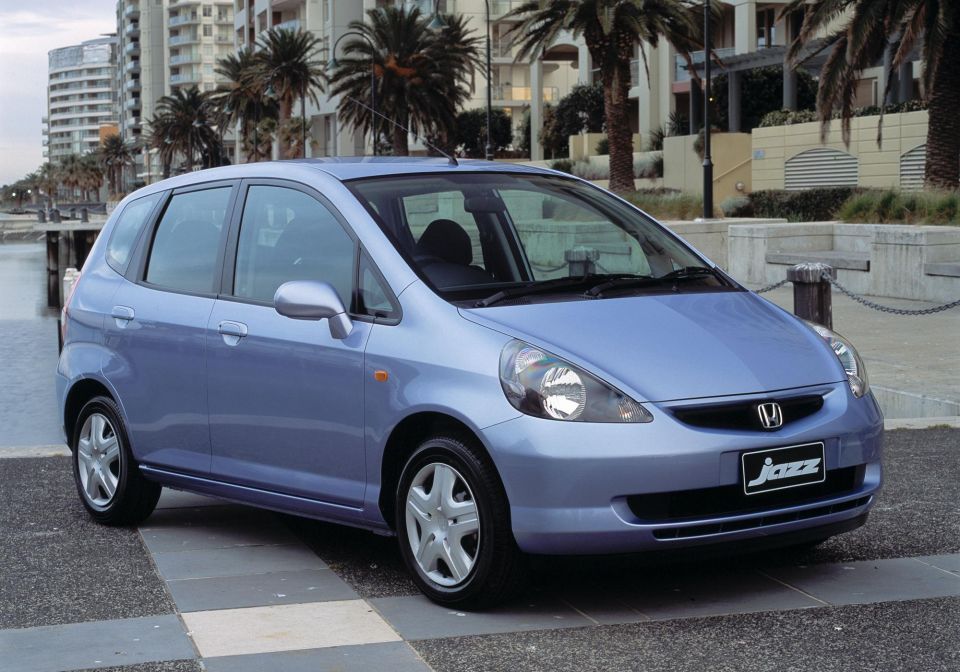
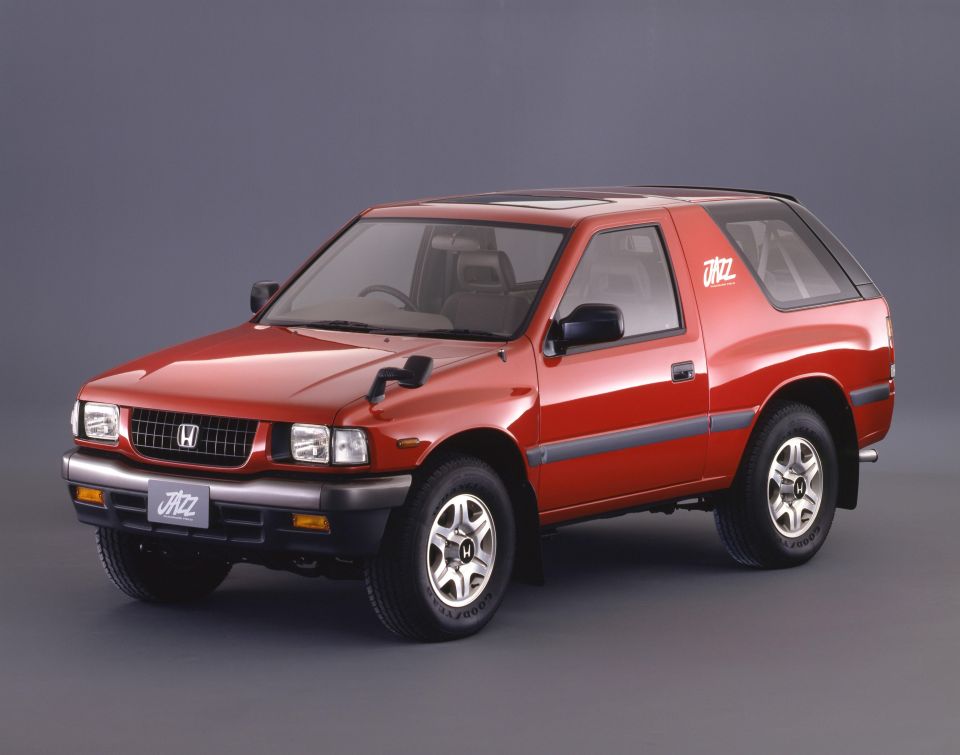
The Jazz’s discontinuation brings an end to the nameplate in Australia after 18 years and three generations. Before the Jazz, Honda Australia hadn’t fielded anything below the Civic since its City “van” in the 1980s.
Honda opted to call the practical little hatchback Jazz instead of Fit, as it’s known in various global markets. It had earlier used the Jazz nameplate on a rebadged version of the Isuzu MU for the Japanese market.
Where expert car reviews meet expert car buying – CarExpert gives you trusted advice, personalised service and real savings on your next new car.
William Stopford is an automotive journalist with a passion for mainstream cars, automotive history and overseas auto markets.


Ben Zachariah
11 Hours Ago


CarExpert.com.au
19 Hours Ago


Damion Smy
1 Day Ago


Damion Smy
1 Day Ago


Damion Smy
2 Days Ago


Damion Smy
2 Days Ago